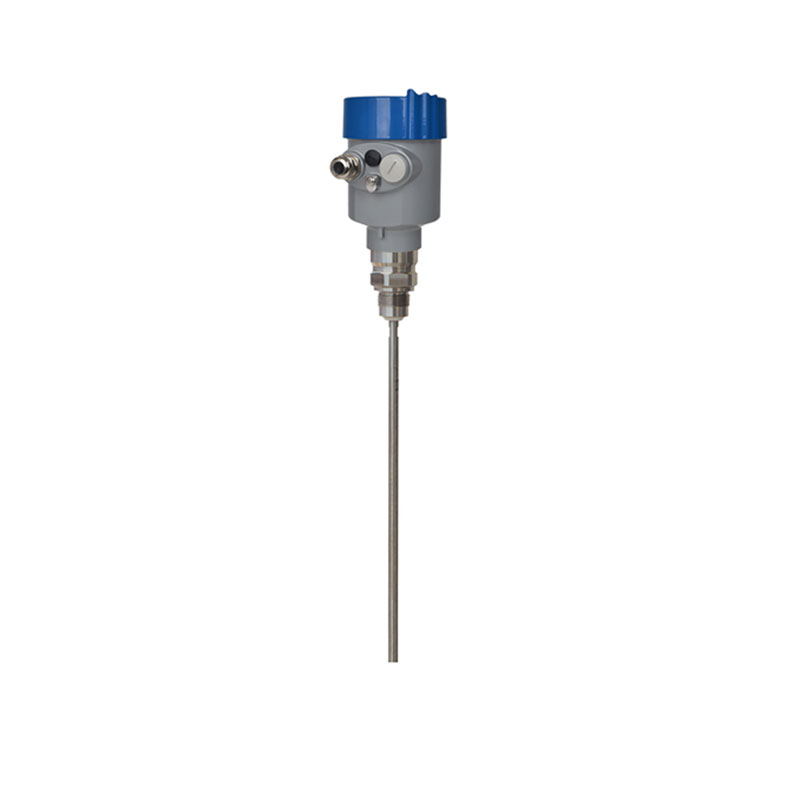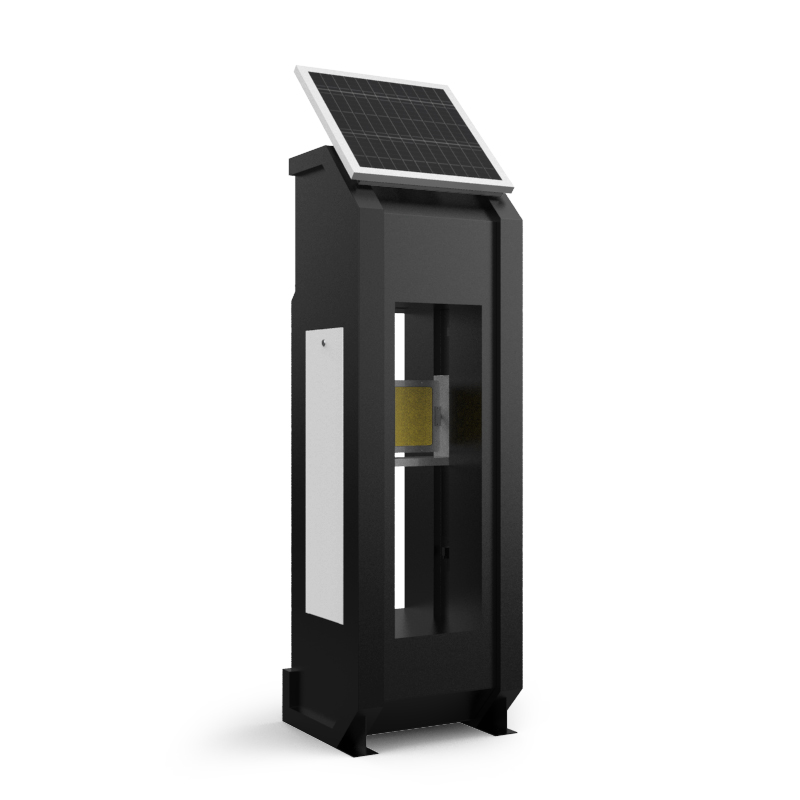In many fields such as water conservancy projects, water environment research, and the shipbuilding industry, an accurate measurement of water flow velocity is required, and this is where the Propeller flow meter comes in. What kind of instrument is it? Today, the editor will introduce it in detail.
The Propeller flow meter mainly consists of a propeller, a rotating shaft, a signal generating device, and a body housing. Its propeller usually has 2 - 6 carefully designed blades, which are spiral-shaped, just like the propeller of a small propeller aircraft. When placed in a water flow, the water impacts the propeller, causing it to rotate around the rotating shaft. The rotating shaft transmits the movement of the propeller to the signal generating device to generate a corresponding signal, while the body housing protects the internal components and ensures the stability of the instrument in the water.
Its working principle is based on the force of the water flow on the propeller. There is a specific functional relationship between the water flow velocity and the rotational speed of the propeller. After determining this relationship through pre-calibration experiments, in actual measurement, the water flow velocity can be calculated by recording the rotational speed of the propeller. For example, in a standard water flow environment in the laboratory, the water flow velocity is changed and the rotational speed of the propeller is recorded. Through data analysis, the velocity - rotational speed relationship is obtained, which can provide a basis for actual measurement.
It is widely used in the flow monitoring of rivers, lakes, reservoirs, etc. Large water conservancy hub projects rely on it to measure the flow velocity at different positions of the river. Combined with the cross-sectional area of the river channel, the flow rate is calculated, providing key data for flood control, irrigation, power generation, and other works.
It has a simple structure, low cost, is easy to manufacture and maintain, and is affordable. Its accuracy in conventional measurement scenarios can meet engineering applications.

This paper addresses:https://fengtusz.com/industry/588.html









